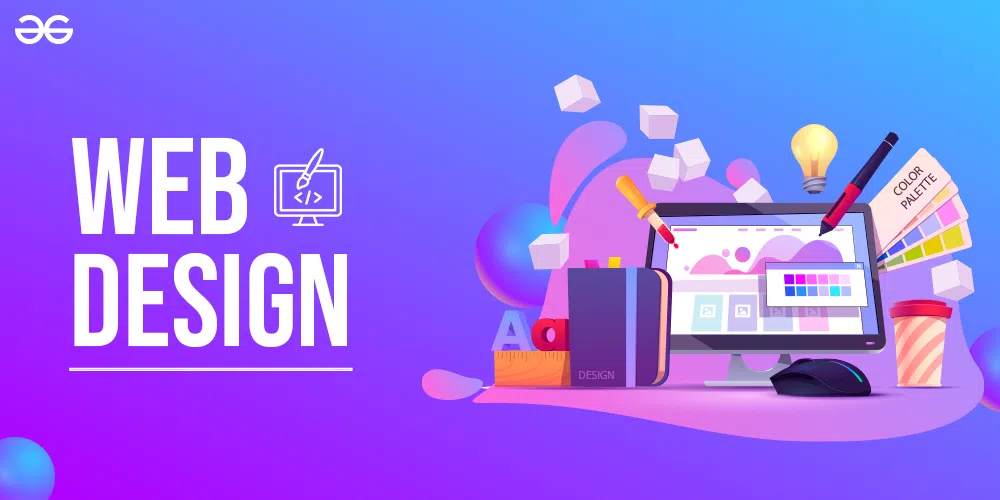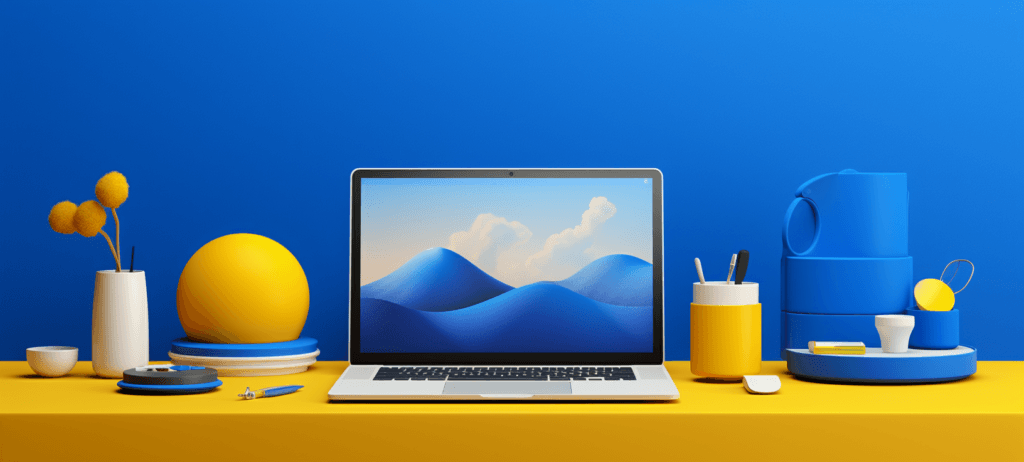Master the Art of Website Design With These Expert Tips and Techniques
In today's electronic age, having a properly designed and aesthetically attractive site is vital for any type of service or specific seeking to make a mark online. However, mastering the art of internet design needs more than simply an eye for appearances. It entails a deep understanding of individual experience, capability, and the most recent patterns and strategies. How can you boost your web style abilities to the next level? In this discussion, we will discover professional pointers and tricks that will not just boost the visual charm of your website but also enhance its use and efficiency. From choosing the best color scheme to incorporating efficient call-to-actions, these understandings will certainly aid you create a web site that not only mesmerizes your target market yet likewise drives results.
Selecting the Right Shade Combination
When choosing a color combination for website design, it is crucial to take into consideration variables such as brand name identification, target audience, and general aesthetic objectives. The shades utilized in a web site can significantly affect exactly how users interact and perceive with the website. It is important to pick colors that straighten with the brand's identification and values. A tech firm may opt for a streamlined and contemporary shade palette, while a children's brand might pick intense and playful shades.
In enhancement to brand name identity, the target audience ought to additionally be taken into consideration when choosing a shade combination. Comprehending the choices and expectations of the target audience can assist produce a engaging and visually appealing internet site.
Finally, the overall aesthetic goals of the web site need to be thought about when selecting a color palette. The color design need to match the overall style and layout of the website, creating a visually enticing and cohesive experience for customers. Whether the goal is to produce a calming and serene atmosphere or an energised and vibrant ambience, the shade combination must be very carefully chosen to attain the preferred aesthetic.

Developing User-Friendly Navigating
To boost the customer experience, it is important to develop easy-to-navigate and user-friendly food selections for web sites. Straightforward navigating is crucial for directing site visitors with the numerous sections and pages of a website, enabling them to quickly find the web content they are searching for. When creating the navigating menu, simplicity is vital. Prevent jumbling the menu with also many choices, as this can overwhelm users and make it challenging for them to choose. Rather, focus on giving clear and concise labels for each menu product, making use of acquainted terminology that individuals can quickly comprehend.

In addition to clear tags and rational company, it is essential to make the navigating menu easily available. Put it in a noticeable location, such as at the top of the web page or in a set placement, to make sure that customers can conveniently find and access it from anywhere on the website. Consider making use of a receptive style method to make sure that the navigating menu remains useful and obtainable on different tools, including smart phones and tablets.
Including Receptive Style Methods
In order to optimize internet site performance across numerous gadgets, integrating receptive design strategies is important. Receptive style is a web style approach that allows web sites to adapt and react to various screen dimensions and positionings. With the enhancing usage of mobile phones and tablet computers, it is essential for internet designers to develop websites that supply an ideal watching experience for users on all tools.
One of the crucial techniques in receptive layout is using liquid grids. Instead of creating fixed-width formats, web developers develop versatile grids that resize and adjust based on the screen dimension. This ensures that the material on the internet site remains obtainable and understandable, no matter the gadget being made use of.
Another essential method is using versatile photos and media. By establishing the maximum width of pictures and video clips to 100%, they will immediately reduce to fit smaller sized displays. This prevents pictures from being removed or misshaped on mobile tools.
Additionally, receptive design involves utilizing media questions to use various styles and layouts based upon the gadget's screen dimension. This enables internet developers to produce a seamless experience by customizing the presentation of material according to the gadget being utilized.
Optimizing Website Rate and Performance
One essential element of web design is enhancing Visit This Link web site speed and performance. In today's hectic digital world, customers have little perseverance for slow-loading websites. A slow website can lead to a poor user experience, high bounce rates, and lower search engine positions. To guarantee that your site does at its best, there are several strategies you can apply.
Firstly, maximizing pictures is necessary for enhancing site speed. Photos must be correctly compressed and resized to decrease their file dimension without compromising quality. This can be done making use of picture optimization tools or plugins.
An additional crucial factor to take into consideration is web site caching. Caching involves saving static variations of internet pages to ensure that they can be rapidly obtained rather than generating them from the ground up each time a customer goes to the website (Webwize Tomball seo). This substantially decreases filling times graphic design websites and improves general efficiency
Minifying CSS and JavaScript data is another effective technique. Eliminating unneeded whitespace, comments, and minimizing code complexity can considerably improve site rate.
Implementing Efficient Call-to-Actions
Developing compelling and influential call-to-actions is a crucial element of reliable website design. A call-to-action (CTA) is a timely or guideline that encourages users to take a details activity on an internet site, such as purchasing, enrolling in a newsletter, or calling the firm. Carrying out efficient CTAs can considerably boost customer engagement and conversion rates.
To produce compelling CTAs, it is very important to make use of clear and succinct language that conveys the value recommendation and advantages of taking the preferred action. The CTA must be aesthetically famous on the page, utilizing contrasting design and colors aspects that draw the user's attention. In addition, using action verbs and developing a feeling of necessity can better boost the performance of the CTA.
Furthermore, it is very important to position the CTA strategically on the web page. Positioning it over the layer, where it is promptly noticeable to individuals without needing to scroll, can considerably increase its exposure and click-through rates. It is also beneficial to test various variants of CTAs to identify which ones resonate finest with users and drive the greatest conversion rates.
Conclusion
To conclude, grasping the art of web layout needs attention to numerous aspects such as shade combination selection, straightforward navigating, responsive layout methods, internet site rate optimization, and effective call-to-actions. By implementing our website these specialist suggestions and tricks, web developers can produce useful and visually appealing websites that improve user experience and drive preferred actions.
The colors made use of in a website can significantly affect how individuals perceive and engage with the website.In order to maximize site capability across various tools, including responsive layout techniques is crucial. Responsive style is an internet style strategy that allows web sites to respond and adapt to various display sizes and positionings. With the raising use of tablet computers and smartphones, it is vital for internet designers to create sites that give an optimal viewing experience for individuals on all tools.
